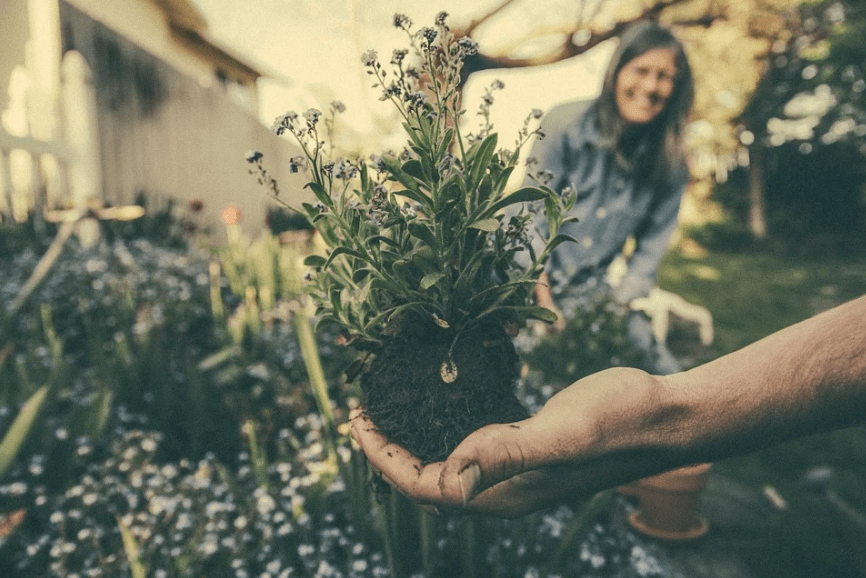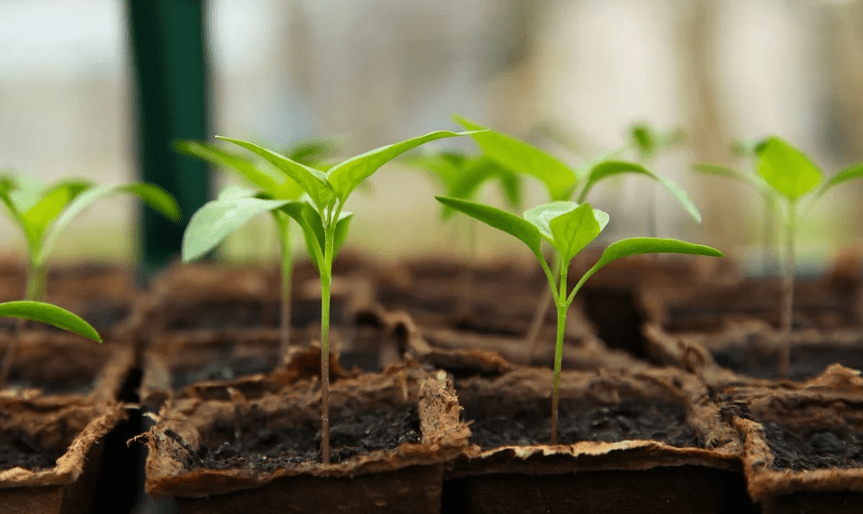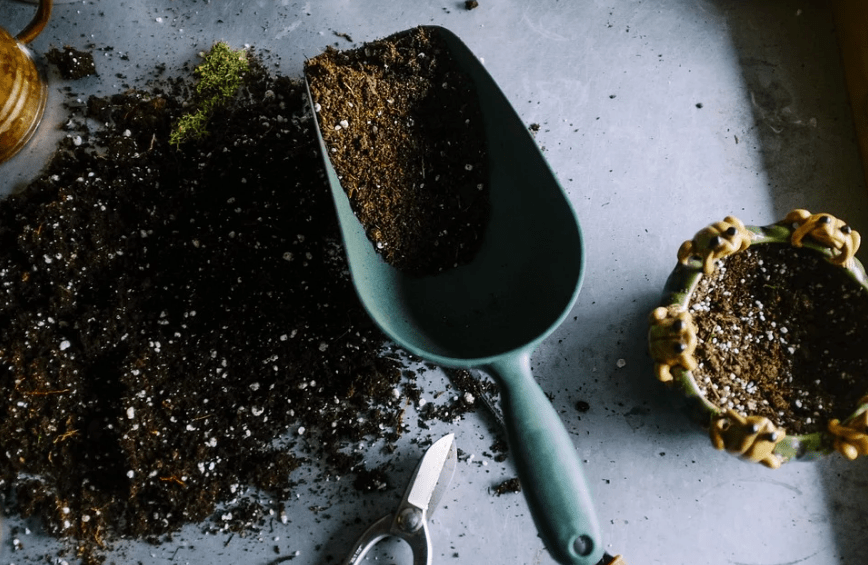We need something new and refreshing in our lives. Something that could soothe our sore and tight muscles can help us relax, something that would keep us moving, and something that we can look forward to every weekend as we balance our lives.
Many activities have these benefits but one that is relaxing, satisfying, and beneficial, at the same time, is gardening. Starting your garden has many benefits, including:
- Additional shade
- Improved oxygen circulation
- Purified Air
- Self-sufficient in terms of food
- Enjoyable aerobic exercise
- Have healthy food choices from your garden
- Exposure to vitamin D
- It can be a form of family bonding
Some may be hesitant to start their garden for reasons such as: not having enough space for a garden, afraid that it may become tedious to maintain, and fear of not growing what they planted.
First, it is important to know that your garden may be as small or as big as you want it to be. Second, maintaining a garden would depend on the type of plants you put in and the total area available. Third, it will still depend on what you want. Lastly, not every seed you plant will grow; likewise, not every seed you plant will die. So, have patience and enjoy the process.
While some are born naturally creative, some have the innate green thumb. But if you do not have the natural skill to grow things, you can still start your garden by learning tips and patiently waiting for your progress.
For those who are excited or interested to start a refreshing and rewarding activity, here are some helpful gardening tips for beginners:
Gardening tools you need. Before you start planting, you need to check first whether you have all the things you need for gardening. Here is the list of things that you need:
- Gloves – although this is optional, it is better to have one of these. It protects your hand from splinters and dirt under your nails.
- Spade – this is also important and should be one of the things to look for when we prepare for our garden. This is used to dig holes easier.
- Hand Trowel – some might prefer to buy cuttings or plants that are already well-rooted instead of growing from seeds. In such cases, hand trowels are very useful in transplanting bedding plants. It also helps in removing weeds.
- Watering Can/Water Sprayer – you may even opt to get a garden hose. That will still depend on the area of your garden or how big it is. Take note that in gardening, don’t forget to water.
Some may even include a rake, a hoe, a wheelbarrow, and pruning shears. It is okay to have them at the beginning of your gardening journey, but such things are optional for your gardening if you have a small space.
Deciding what to grow. This is an important step for first-time gardeners. There are many selections to choose from: fruit-bearing trees, flowering plants, vegetables, ornamental plants, herbs, and so much more.
Do your research. For beginners, it is important to do your research. Research on the needs of the plant and on what certain amount do they need them. How much sunlight do they need, or do they need them? Some plants don’t want too much water, or their roots will rot. There are also plants with specific needs on soil conditions. Again, this will all depend on your choices.
Choosing a location. This will be based on what you have researched. Since you have identified the sunlight requirement of the plant that you have chosen, choose a perfect spot where your desired plants can meet the amount of sunlight that they need. Bear in mind that the weather changes, which means conditions such as humidity, sunlight exposure, and watering also change.
Bear in mind those basic gardening rules. For those with small spaces like solo apartments, having a little space will not inhibit you from making your garden. Make use of that space and create a vertical garden or decoratively add indoor plants.
Instead of growing plants outwards or straight to the soil, vertical gardens use spaces such as your walls, and you plant upwards. Small spaces are not a problem for a vertical garden. Vertical gardens are almost the same as your regular garden, and plants grown upwards have the same needs as plants grown outwards. The true difference between the two is the space.
If you are still worried, here are some helpful gardening tips for beginners trying out vertical garden:
- Choose a wall. Basically, any wall would do. You may choose an empty or unpleasant wall in your home and cover it up with your plants to add life and style to it.
- Choose a plant. You may interchange tips number 1 and 2. You may choose a wall first and then choose a plant according to the conditions where the wall is located, or you may opt to choose what plants you wish to grow and then choose a wall that would help them grow.
- Build a frame. A frame is like your garden plot; it is where you grow your plants. Build the frame first before you hang it. It is advisable to use PVC pipes instead of metal or wood for the frame so that the water will not be trapped and root rot will be avoided.
When you set up your vertical garden, you will soon realize how refreshing it is to have a piece of the outdoors inside your home. Aside from that, the presence of plants inside your home purifies the air that you breathe.
Do something for yourself and the world; start gardening with these helpful gardening tips for beginners.



